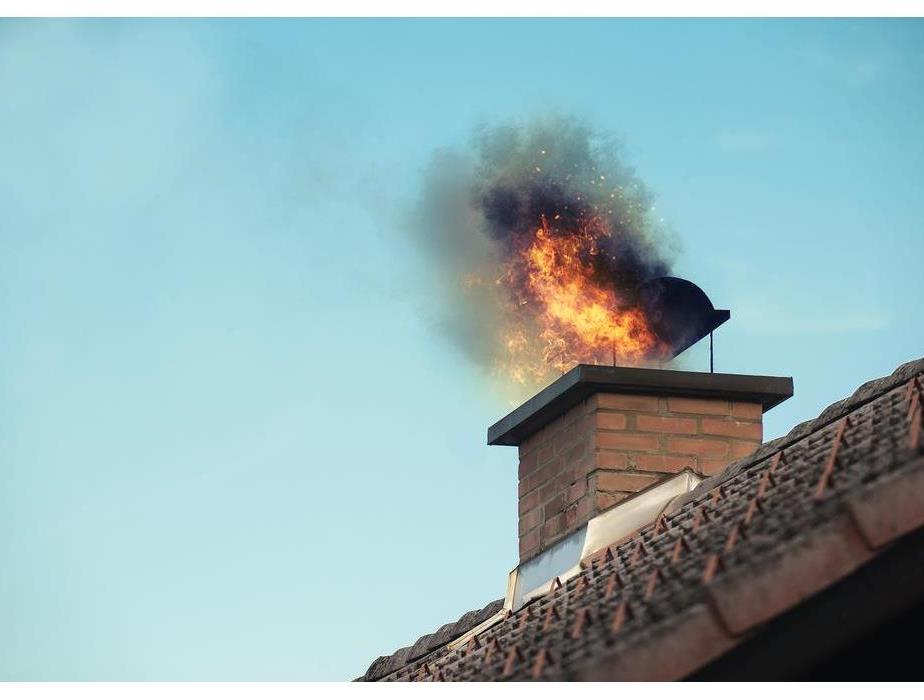Chimney Fires
1/12/2022 (Permalink)
Chimney Fire Facts
While the chimney in your home may look great, it’s real purpose is to carry dangerous gases from your furnace, wood stove or fireplace away from your home and family.
However, if you don’t give any thought to your chimney before you light your wood stove or fireplace this winter, you may not be enjoying the warm glow of your fireplace or wood stove very long.
The Reason?
Damaged or dirty chimneys can cause chimney fires that will damage homes, buildings and injure people.
Signs of a chimney fire can include:
Chimney fires can be explosive, noisy and dramatic enough to alarm your neighbors and people passing by. People have reported sounds resembling a large freight train with flames and dense smoke shooting from the top of the chimney.
The best prevention of chimney fires is to have regular inspections performed by a CSIA Certified Chimney Sweep.
Most Chimney Fires Go Undetected
Most slow-burning chimney fires don’t get enough air or have the fuel to be dramatic, they often go undetected until later inspections. However, the temperatures they reach can get very high and cause a lot of damage to the chimney structure and the combustible parts of your home.
9 Signs That You Have Had A Chimney Fire
Since a chimney, damaged by a chimney fire, can endanger a home and its’ occupants and a chimney fire can occur without anyone being aware of them it’s important to have your chimney regularly inspected by a CSIA Certified Chimney Sweep. Here are the signs that a professional chimney sweep looks for:
If you think a chimney fire has occurred, call a CSIA Certified Chimney Sweep for a professional evaluation. If your suspicions are confirmed, a certified sweep will be able to make recommendations about how to bring the system back into compliance with safety standards. Depending on the situation, you might need a few flue tiles replaced, a new liner system installed or an entire chimney rebuilt. Each situation is unique and will dictate its own solution.
- Puffy of honeycombed creosote.
- Discolored and/or distorted rain cap.
- Warped metal of the damper, metal smoke chamber connector pipe pr factory built metal chimney.
- Evidence of smoke escaping through mortar joints of masonry or tile liners/
- Cracked or collapsed flue tiles or tile with large chunks missing.
- Heat damaged TV antenna attached to the chimney.
- Creosote flakes and pieces found on the room or ground.
- Roofing material damaged from hot creosote.
- Cracks in the exterior masonry.
Proper Maintenance
Clean chimneys don’t catch fire. Make sure a CSIA Certified Chimney Sweep® inspects your solid fuel venting system annually, and sweeps and repairs it whenever needed. Your sweep may have other maintenance recommendations depending on how you use your fireplace or stove. CSIA recommends that you call on CSIA Certified Chimney Sweeps®, since they are regularly tested on their understanding of the complexities of chimney and venting systems.





 24/7 Emergency Service
24/7 Emergency Service
